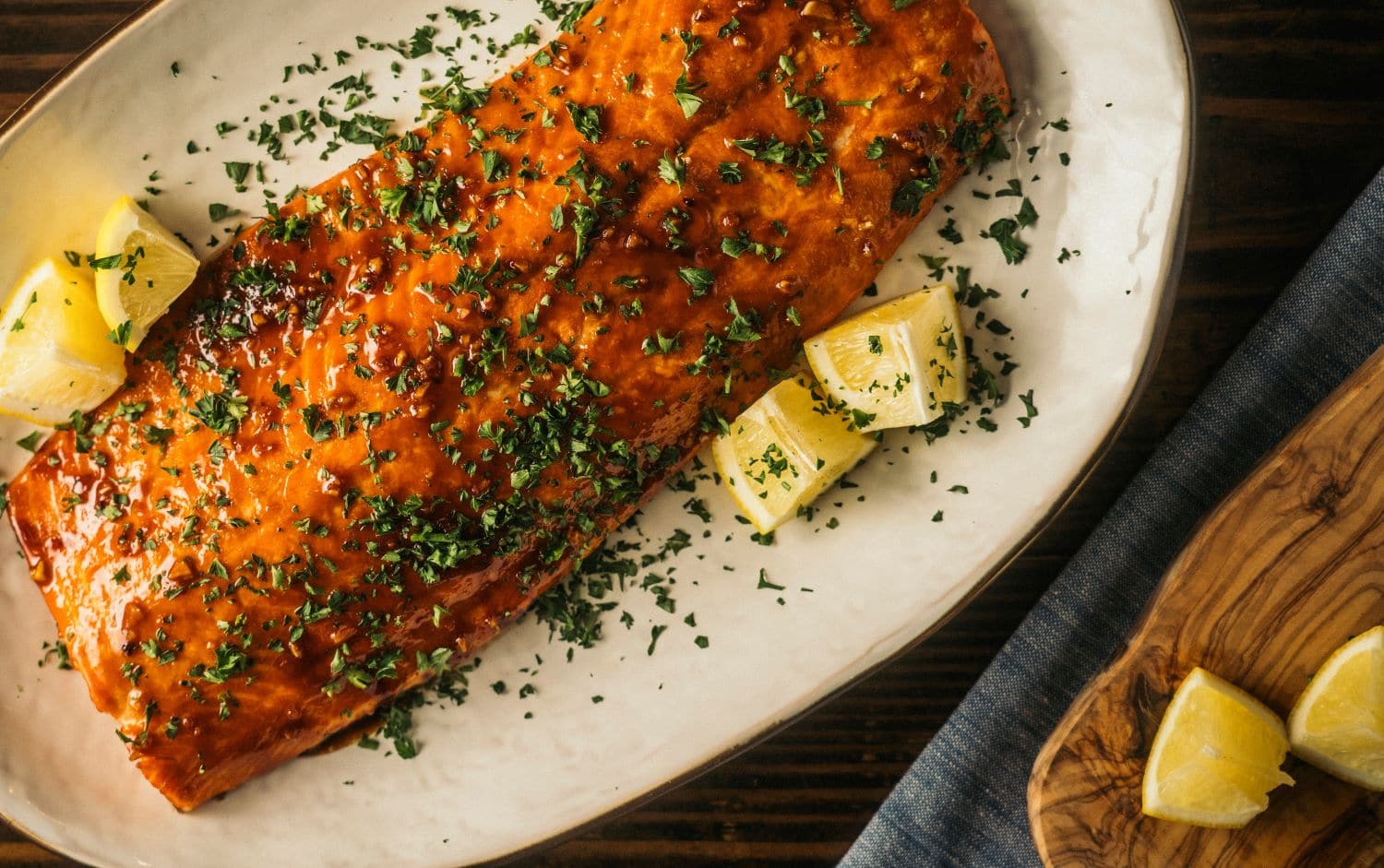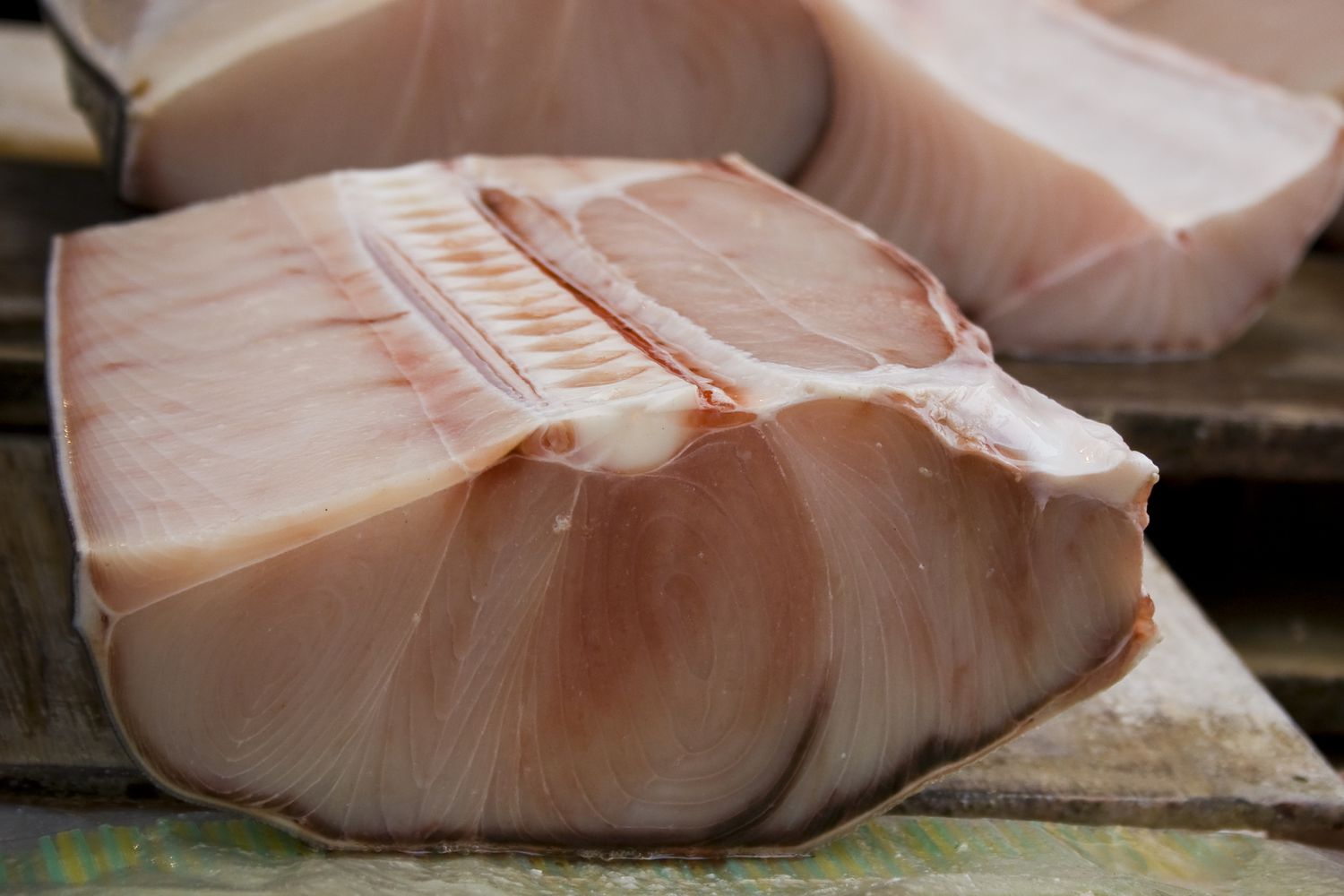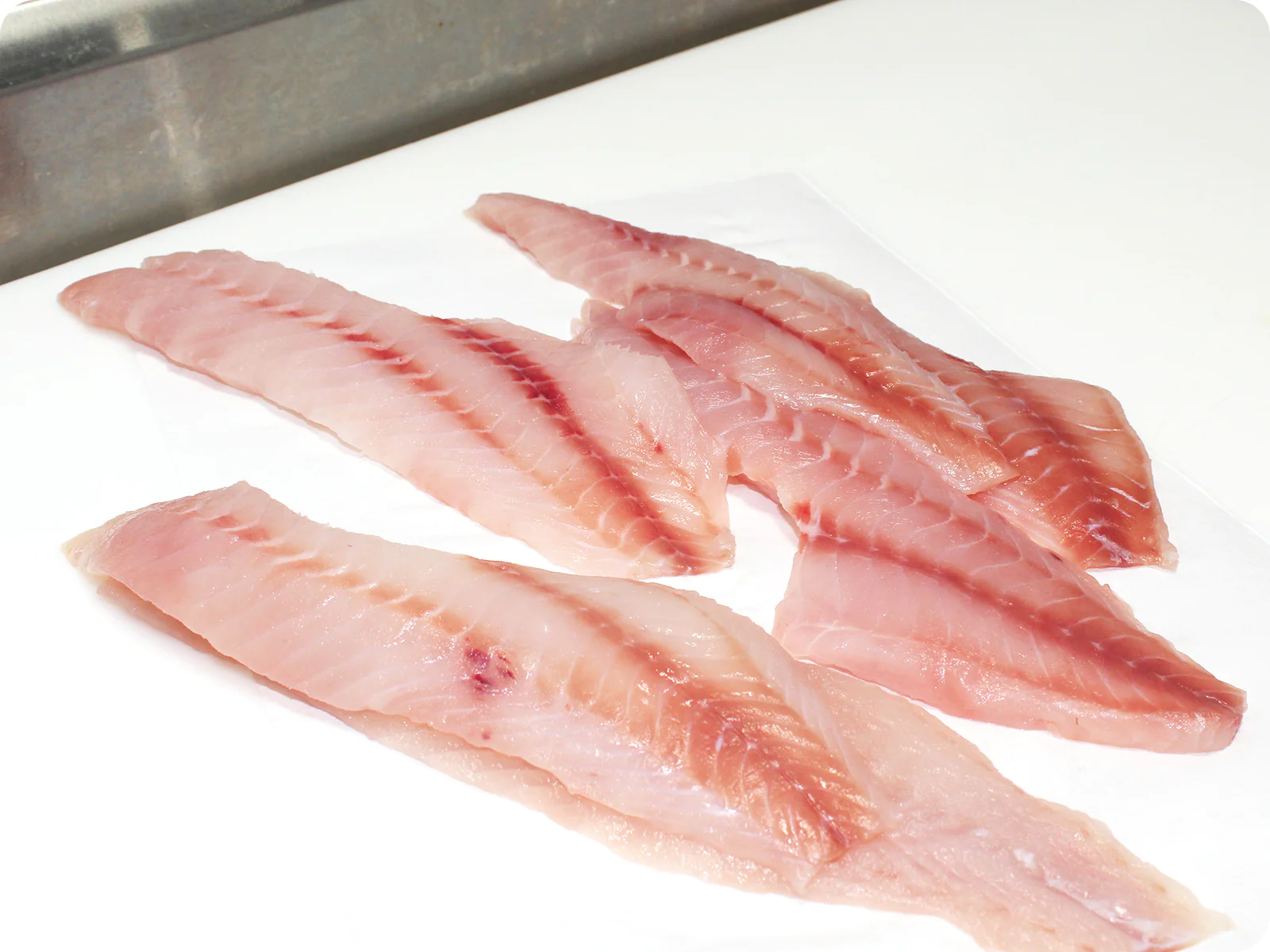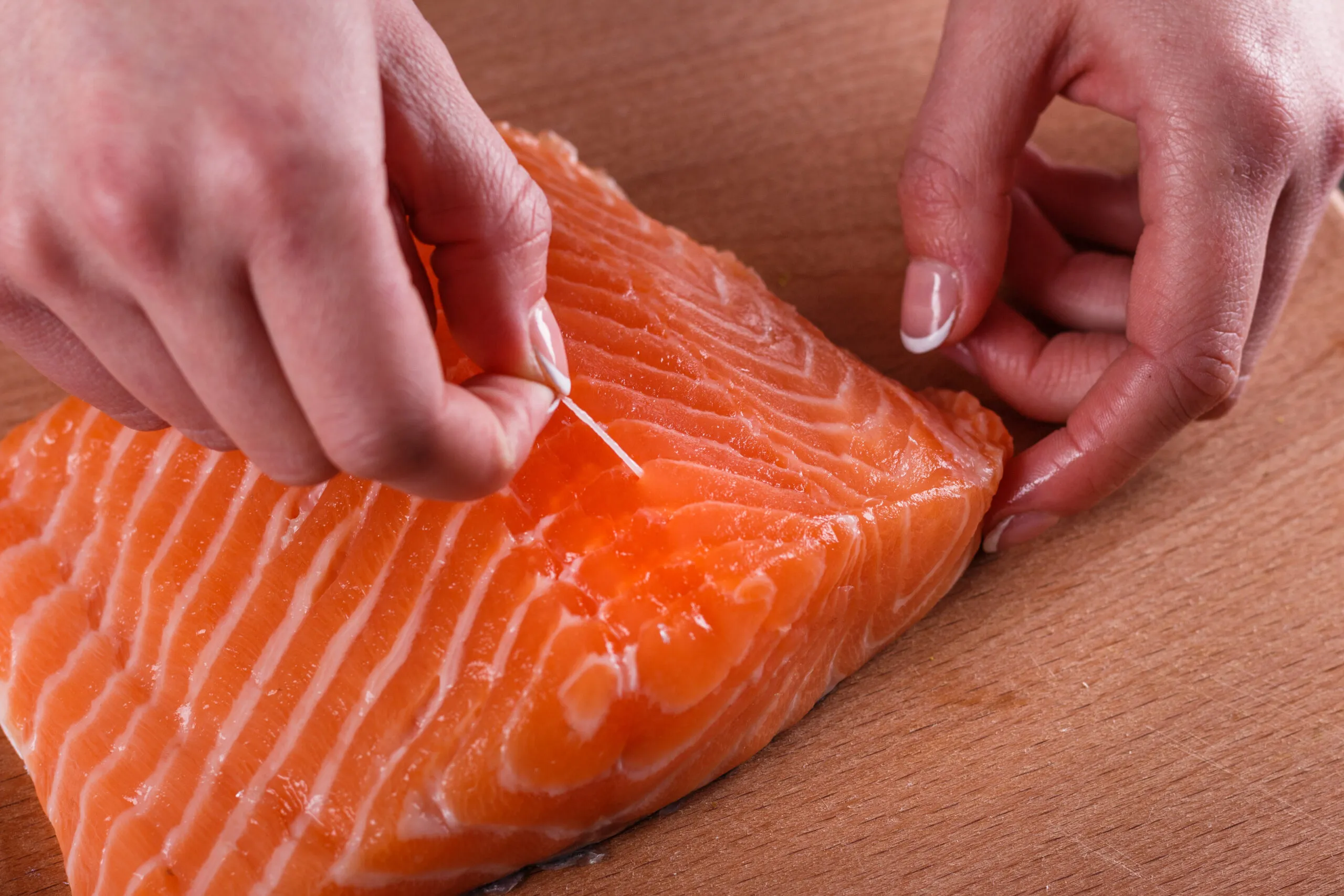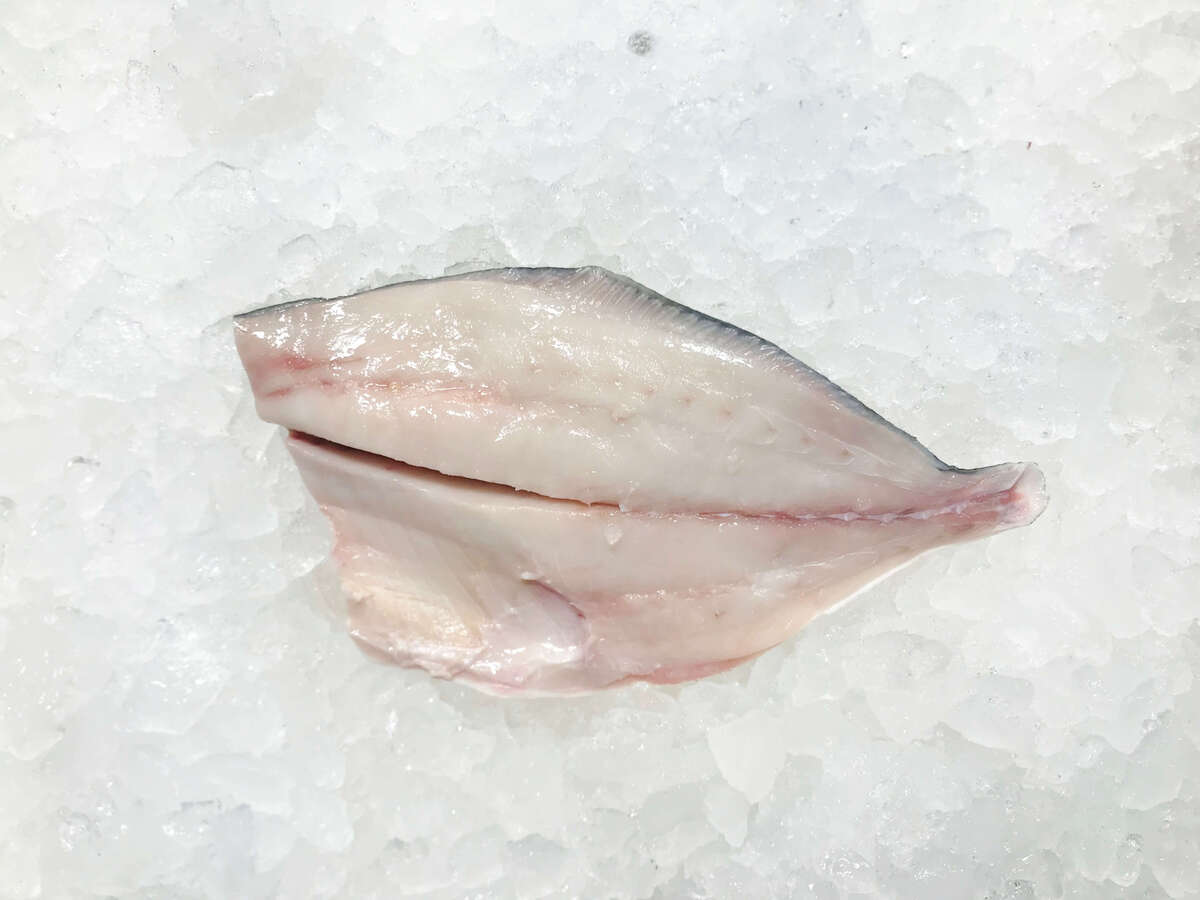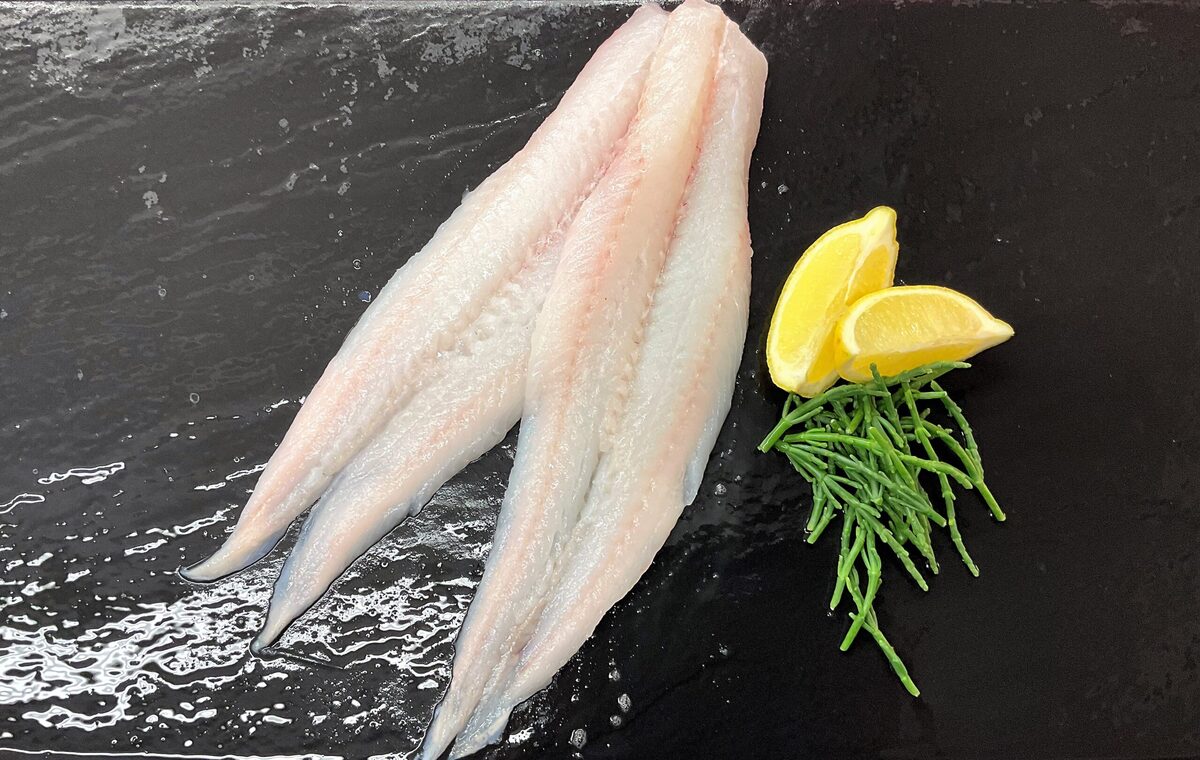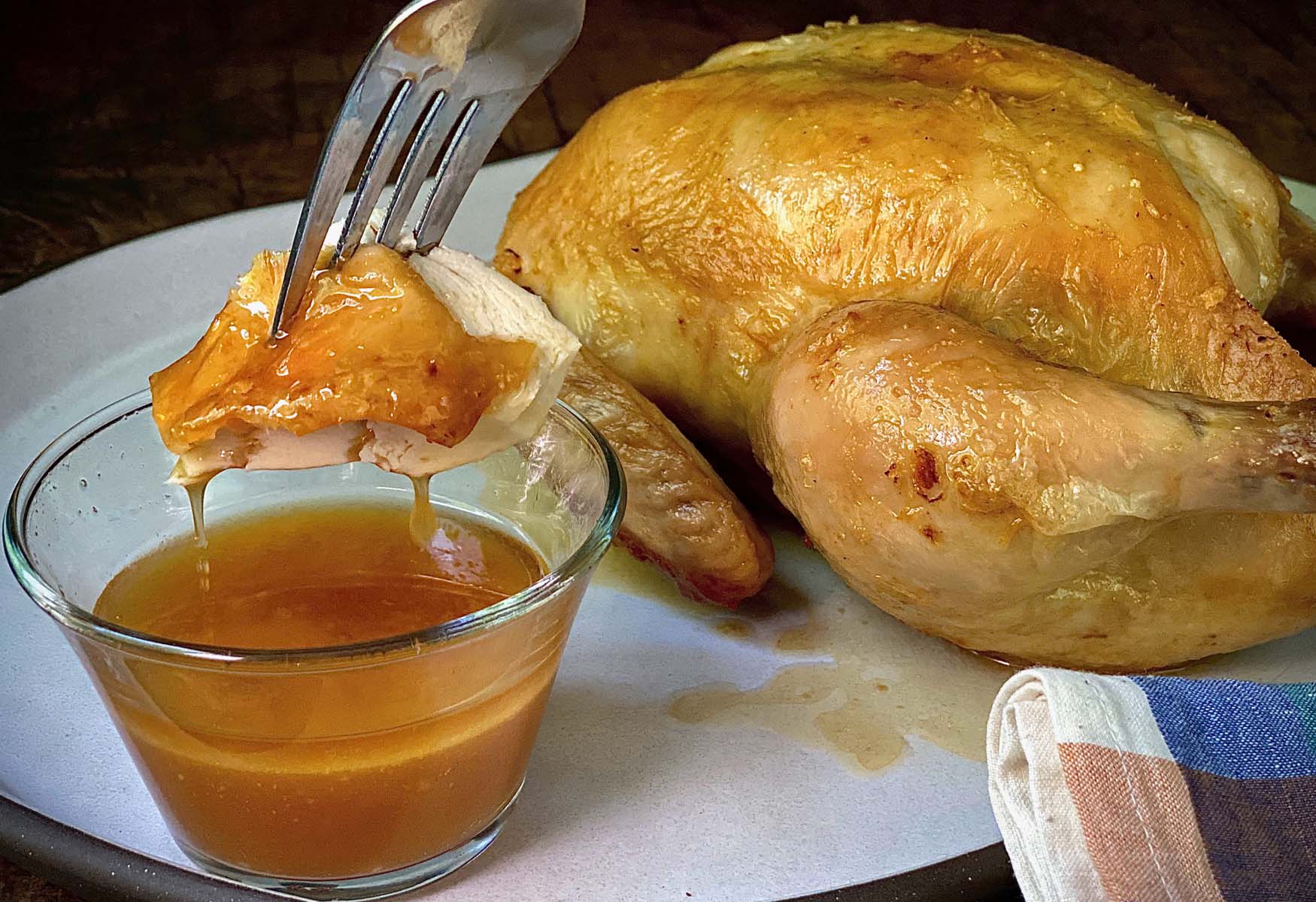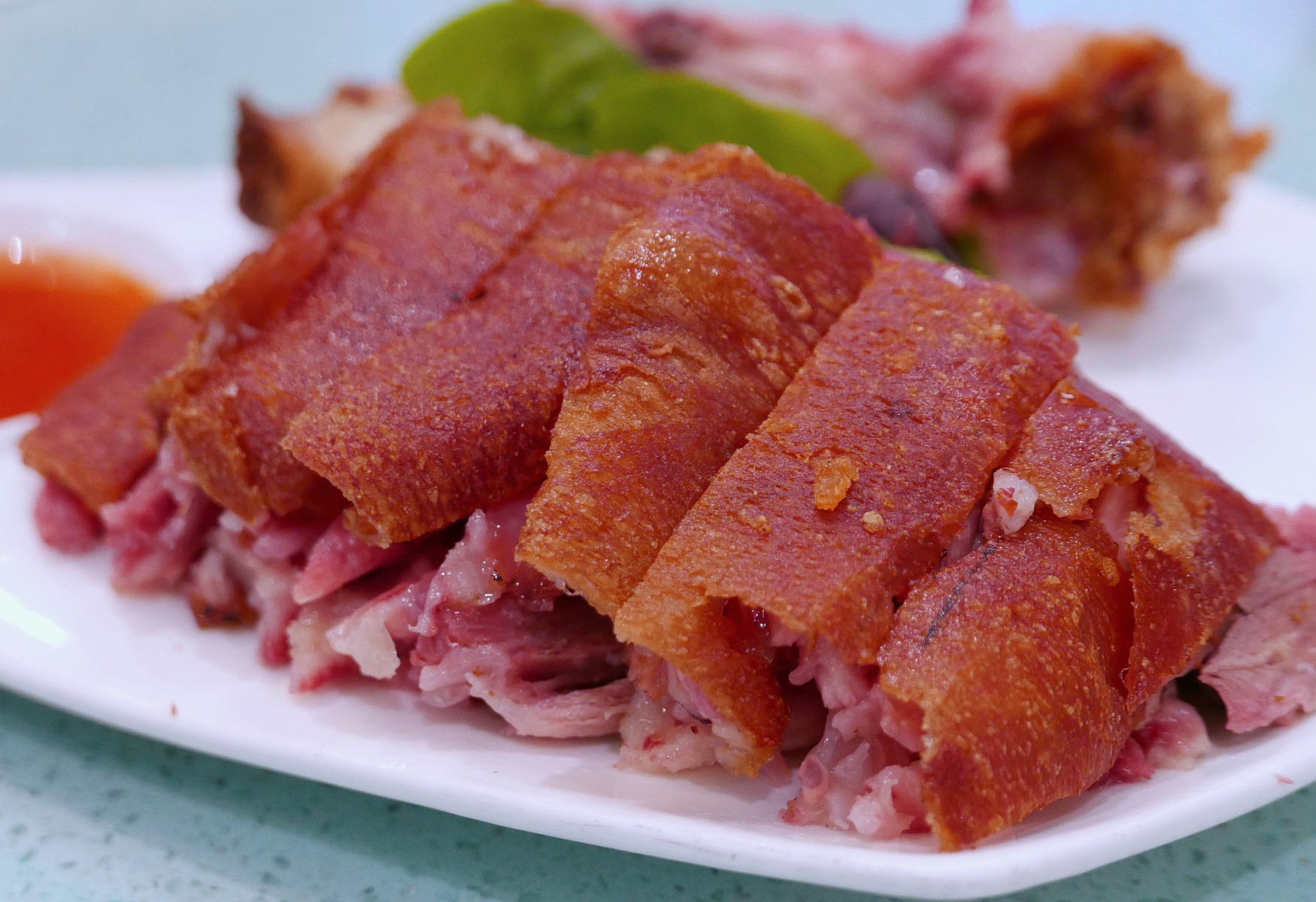Mastering the Art of Steelhead Filleting
Welcome to the ultimate guide on how to fillet a steelhead! Whether you’re a seasoned angler or a cooking enthusiast looking to prepare a delicious meal, learning the proper technique for filleting a steelhead is essential. In this comprehensive guide, we’ll walk you through the step-by-step process of filleting a steelhead, from preparing the fish to expertly removing the fillets.
Preparing Your Workspace
Before you begin the filleting process, it’s important to set up your workspace for optimal efficiency and cleanliness. Here’s what you’ll need:
- A sharp fillet knife
- Cutting board
- Paper towels
- Container for fish scraps
Step 1: Cleaning the Steelhead
Start by thoroughly rinsing the steelhead under cold water to remove any residual scales and debris. Use a paper towel to pat the fish dry, ensuring that the surface is clean and free of moisture.
Step 2: Securing the Steelhead
Place the steelhead on the cutting board and secure it in place using a non-slip mat or a damp kitchen towel. This will prevent the fish from sliding around during the filleting process, ensuring a safe and precise cut.
Step 3: Making the Initial Incision
Hold the steelhead firmly with one hand and use the other hand to make a small incision behind the gills, angling the knife towards the head. This initial cut will serve as a starting point for the filleting process.
Step 4: Removing the Fillet
With the initial incision made, carefully slide the fillet knife along the backbone, following the natural contours of the fish. Use smooth, fluid motions to separate the fillet from the ribcage, taking care to preserve as much meat as possible.
Step 5: Repeat on the Other Side
Once the first fillet has been removed, flip the steelhead over and repeat the process on the other side. Make a small incision behind the gills and carefully remove the second fillet, again following the natural curvature of the fish.
Step 6: Inspecting and Trimming the Fillets
After both fillets have been removed, take a moment to inspect them for any remaining bones or scales. Use the fillet knife to trim away any excess skin or dark flesh, ensuring that the fillets are clean and ready for cooking.
Step 7: Storing the Fillets
Once the fillets have been trimmed and cleaned, they can be stored in the refrigerator for immediate use or frozen for future meals. Wrap the fillets tightly in plastic wrap or vacuum-sealed bags to maintain freshness.
There you have it – a beautifully filleted steelhead, ready to be transformed into a mouthwatering meal! With practice and patience, you can master the art of filleting a steelhead and elevate your culinary skills to new heights. Whether you prefer to grill, bake, or pan-sear your steelhead fillets, the quality and freshness of your fillets will shine through in every delectable bite.
So, the next time you reel in a magnificent steelhead, you’ll be well-equipped to expertly fillet it and create a culinary masterpiece that will impress family and friends alike. Happy filleting!
With the newfound skill of filleting a steelhead, readers can dive straight into a variety of delicious recipes. For a fresh and zesty option, they can try Grilled Steelhead Fillets with Lemon and Herbs. If they prefer a rich and flavorful meal, Pan-Seared Steelhead with Garlic Butter Sauce is an excellent choice. Those who enjoy a touch of sweetness might appreciate Teriyaki Steelhead Fillets, while fans of bold flavors will love Blackened Steelhead Fillets. For a light and aromatic dish, Steelhead Fillet en Papillote with Vegetables is a delightful option. Each of these recipes not only showcases the versatility of steelhead but also allows readers to enjoy their catch in unique and tasty ways.
